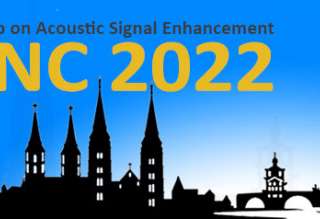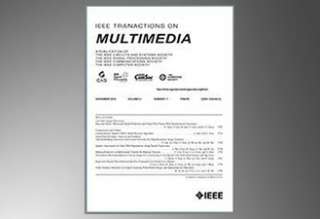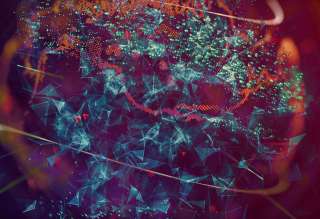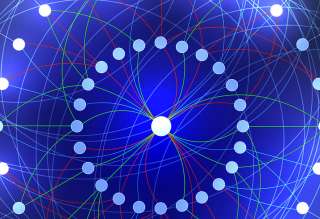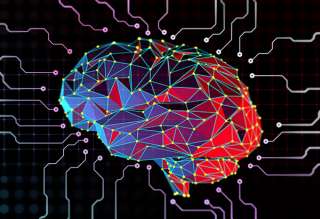SPS Feed
Top Reasons to Join SPS Today!
1. IEEE Signal Processing Magazine
2. Signal Processing Digital Library*
3. Inside Signal Processing Newsletter
4. SPS Resource Center
5. Career advancement & recognition
6. Discounts on conferences and publications
7. Professional networking
8. Communities for students, young professionals, and women
9. Volunteer opportunities
10. Coming soon! PDH/CEU credits
Click here to learn more.
The Latest News, Articles, and Events in Signal Processing

The School of System Design and Intelligent Manufacturing is a multidisciplinary school in Southern University of Science and Technology with diversified specialties in design, intelligent manufacturing, computer engineering, electrical and electronics engineering, mechanical engineering, materials science and engineering, and system management.
Please visit the website at https://sdim.sustech.edu.cn/ for more information about the School.

The Department of Electronic and Electrical Engineering invites applications for a number of tenured and/or tenure track faculty positions at all ranks in the Department of Electronic and Electrical Engineering at SUSTech.
Date: September 5-8, 2022
Location: Bamberg, Germany
Quantum search algorithms are capable of efficiently solving large-scale quantum computing and signal processing problems, but their operation is contaminated by the decoherence of quantum circuits. This may be mitigated by quantum codes. Secure QKD is already a commercial reality in 2021.
Manuscript Due: July 31, 2022
Publication Date: TBA
CFP Document
Date: July 2-5, 2023
NOTE: SSP 2023 has been rescheduled from SSP 2022
Location: Hanoi, Vietnam

-
Aalto University – in the top-20 young universities worldwide – invites applications for an Assistant or Associate level professor in all areas at the intersection of computational sciences and arts or design. We are particularly interested in candidates studying novel computational methods to augment human creativity and imagination, including but not limited to fields such as:
• Artificial intelligence, especially applications in creativity, games, and arts;
Manuscript Due: October 15, 2022
Publication Date: Mid 2023
CFP Document
Pages
SPS Social Media
- IEEE SPS Facebook Page https://www.facebook.com/ieeeSPS
- IEEE SPS X Page https://x.com/IEEEsps
- IEEE SPS Instagram Page https://www.instagram.com/ieeesps/?hl=en
- IEEE SPS LinkedIn Page https://www.linkedin.com/company/ieeesps/
- IEEE SPS YouTube Channel https://www.youtube.com/ieeeSPS








